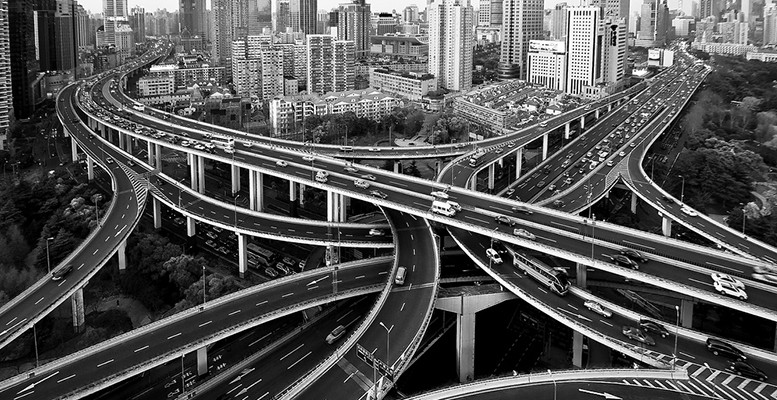Zhu Haibin via Caixin | A recent government plan to invest 4.7 trillion yuan in over 300 infrastructure projects from 2016 to 2018 received wide attention and raised questions about whether this was another massive stimulus similar to the one rolled out in 2008 in the aftermath of the global financial crisis.
Is that the case? The short answer is no.
The first thing that needs to be considered is how many of these projects are new. The announcement made by the Ministry of Transport and the National Development and Reform Commission, the country’s top economic planner, was not clear on this issue. If past experience is any reference, some of the projects should have been included in previous public investment plans, while the others are new.
However, this may not be the right way to analyze the issue. The question we should ask is whether this investment plan is already included in current economic policies or is it an addition to them.
My research team and I think the projects are part of the 13th Five-Year Plan published by the government in March, where investment forecasts for railway and highway projects fell short of the amount of actual investment in these sectors compared to the previous economic blueprint for the 2010 to 2015 period. However, money allocated to construct new airports and urban transit systems are expected to increase.
We think the recent announcement fleshed out ways to achieve the goals set in the government’s latest economic agenda, and there will be other investment plans on fields such as environmental protection, maritime engineering and new urbanization projects that will follow. Local governments, too, will publish their own investment targets in accordance with the requirements of the national plan.
Stepping up investment does not necessarily conflict with the idea of supply-side reform, which the central government has been promoting. Reforming does not mean investments should be curtailed; it means they must be made more efficiently.
The country needs to invest to achieve sustainable development, to push forward its urbanization drive and to ensure financial stability. But as the government trims excess capacity, less investment will flow in to manufacturing and inventories of real estate developers will remain high. It is not surprising that authorities will want to offset some of the impact from this by offering favorable conditions for infrastructure investments.
The scope of what qualifies for an infrastructure project has been broadened over the past few years to include not only building highways and railways, ports and airports but also constructing urban transit systems, water conservation facilities, public utilities and other environmental protection projects.
The latest 4.7-trillion-yuan plan may seem bigger than the 4 trillion yuan stimulus package offered in 2008. But it is not.
China’s GDP in 2015 was 67.7 trillion and the country’s fixed-asset investment was valued at 55 trillion yuan. That makes the 4.7-trillion-yuan investment equivalent to 6.9 percent of last year’s GDP and 8.5 percent of the fixed-asset investment figure for 2015, and the investment is spread across three years. In comparison, the 4-trillion-yuan stimulus amounted to 14.9 percent of the country’s GDP and 33.8 percent of the fixed-asset investment in 2007. Also, the total amount of infrastructure investment in 2007 was 2.28 trillion yuan, compared to 10.95 trillion yuan in 2015.
Moreover, the previous stimulus plan injected more money into the economy than its name suggested. “As of November 25, 24 of the 33 provinces and regions had released investment plans for the next two to five years totaling 18 trillion yuan,” a media report from 2008 said, and “Yunnan Province alone announced a five-year investment plan worth 3 trillion yuan.”
When the government started pumping money into the economy in 2008, lending from banks and other channels also increased. The month-on-month growth rate of Total Social Financing, a liquidity measurement tool, increased from 20 percent in September, 2008 to 34 percent in December, 2009. Meanwhile, local governments’ debt also rose.
In retrospect, the lack of checks and balances on how the stimulus was implemented rather than the massive amount invested should be blamed as the main culprit of many of our current problems including excess production capacity in many industries.
To sum up, we believe the planned 4.7-trillion-yuan investment in infrastructure is an attempt to lay out the 13th Five-Year Plan in greater detail. It will reinforce other measures taken by the government to stabilize growth, but it is in no way a new stimulus package like the old one.
*Image: Flickr / Whiz-Ka





